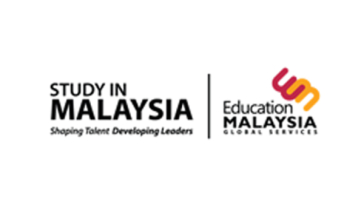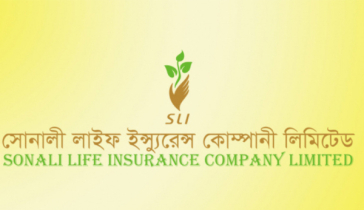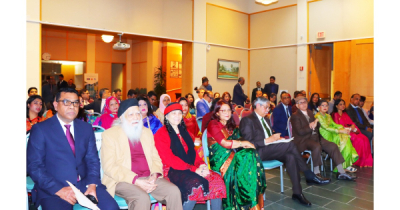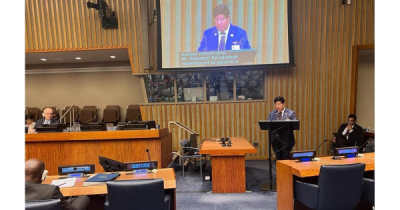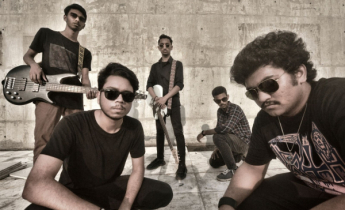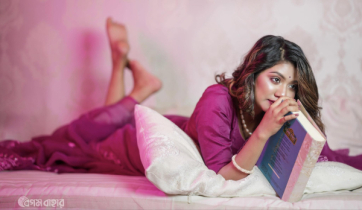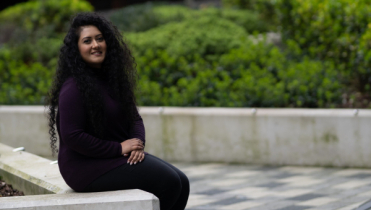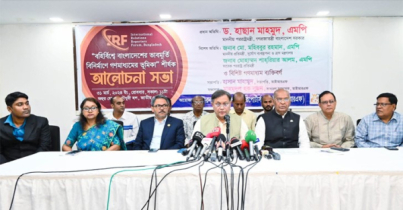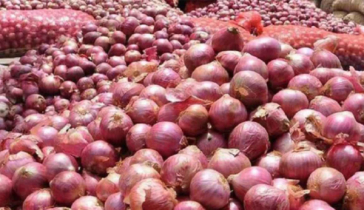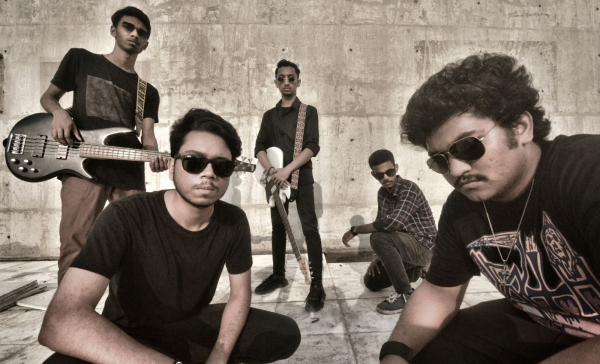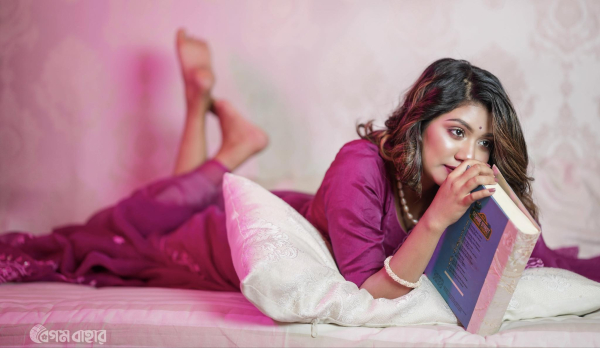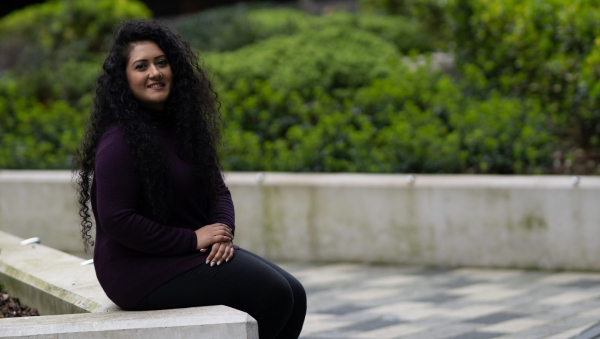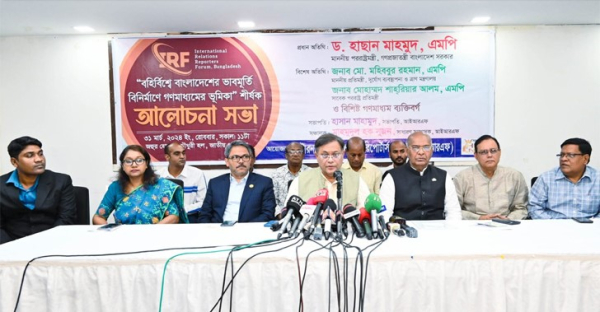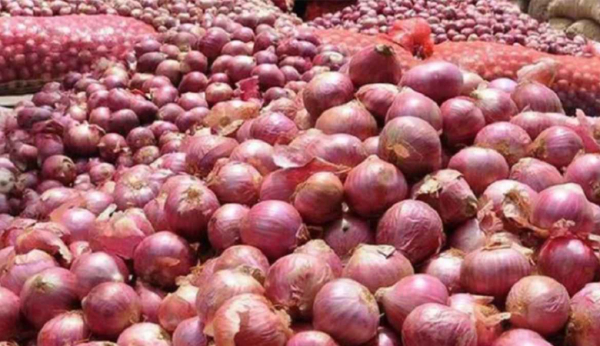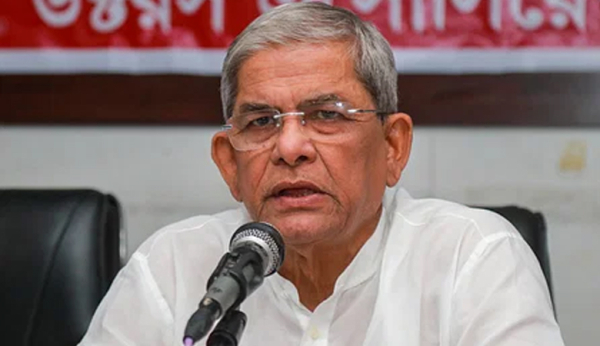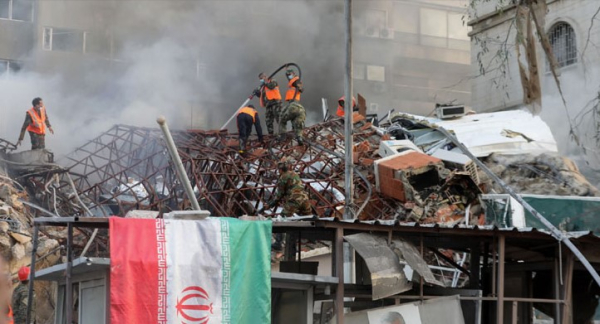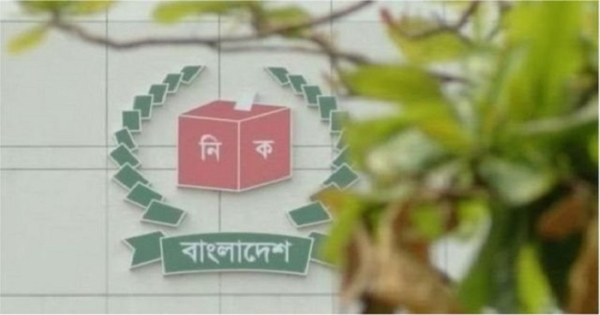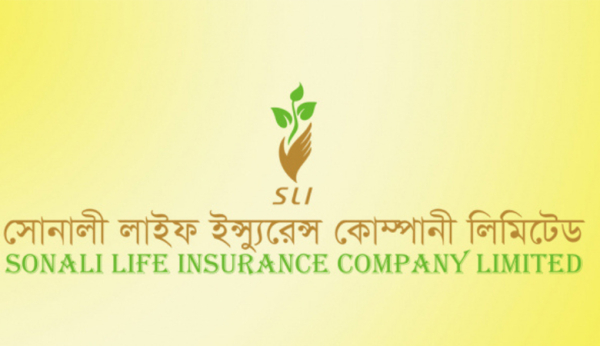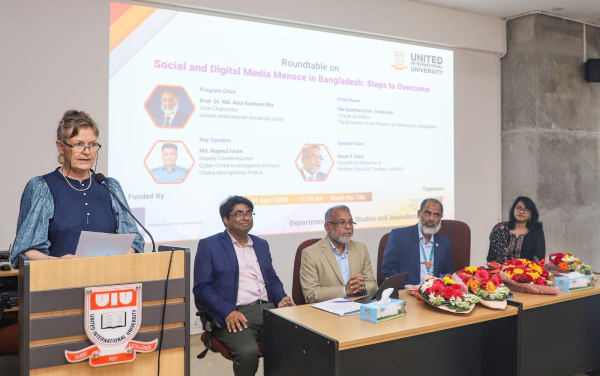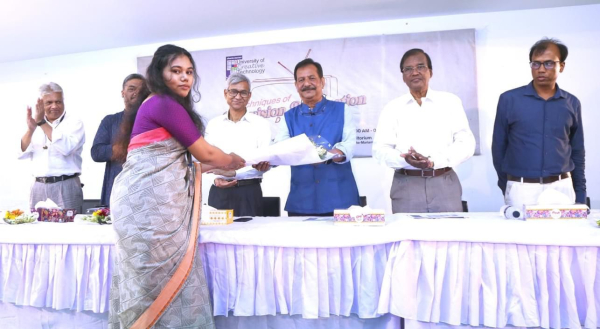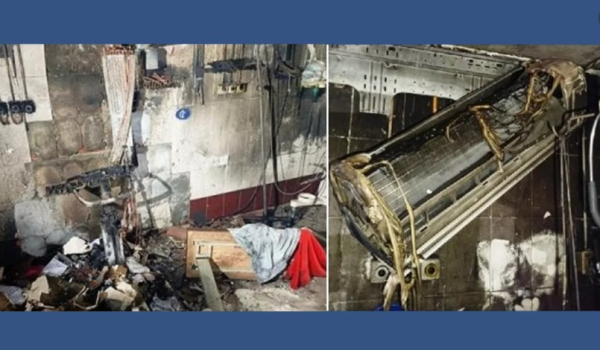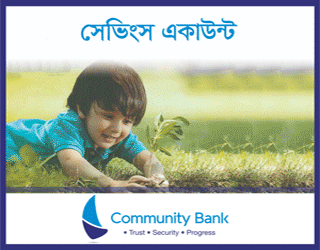Safe School Reopening
Are all set to address health safety and curtail other concerns?
Safe School Reopening
Are all set to address health safety and curtail other concerns?
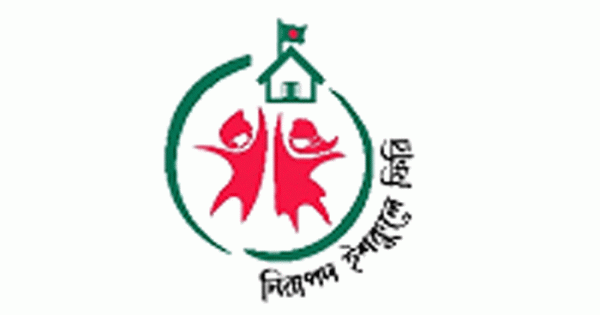 |
The closure of educational institutions started from March 17, 2020,as a measure to contain the spread of COVID-19will be a year-long experience. The school closure will be continuing till February 14, 2021. The long-term closure of schools has undoubtedly left some scratches on education despite the schools, private and public, havecontinued the learning process through electronic means, such as broadcasting of classes through television and radio and online mediums. Many children could remain in the learning process through different channels during the lockdown and school closure. However, this may not have been the case for children from more vulnerable families and communities.
Bearing in mindthe potential scratches suggested bysome studies, asignificantstipulationcomes up to open the schools and operate in-person classes. Government of Bangladesh has also offered some initiatives to confirm safe reopening of schools. Ministry of Education hasreadied a guideline for reopening schools by maintaining proper health protocols amid the pandemic.Being aligned with 31 instructions announced by the Honourable Prime Minister,the procedure stresses on concrete planning and budgeting for all schools before reopening.School authorities have receivedan instructionto set the schools prepared by February 4, 2021, for reopening.
Through this paper Safe Back to School (SB2S) Campaign intends to review educators' readiness for the safe reopening of schools and reflect on some concerns ascended after the long closure of schools andproposes some hands-onways forward.
Concerns ascended after the lengthy closure of schools
Learning losses:Despite enormous efforts from government and private schools, alternative teaching methods could not address the accessibility for all students due to some practical barriers. Available data suggest less than half of Bangladeshi students (48%) have access to television and one-fifth of the students (21%) have access to internet facilities for participation in television or online-based classes (World Bank, 2020). For that restraint, the participation of all students in unconventional learning processes was not much effective. A BRAC study (May 2020) revealsthat 56% of Bangla-medium and Madrasa students did not participate in classes aired through public broadcasting or other digital platforms. A recentstudy (CAMPE, 2021) revealsthat 69.5% of students did not participate in the distant learning process and 57.9% of students could not participate in classes due to the constraints of necessary devices. Taking on alternative methods is even lesser among the students in low-income families. For example, a study conducted by Save the Children in Bangladesh in its low-income beneficiary households (June 2020)uncovers that 80.5% ofstudents met barriers to accessing education aired through television. Unconventional methods were also lesssupportiveof teachingsubjects such as mathematics(Plan International Bangladesh,2020). A primary school studentin Dhaka said, "I am facing difficulty in math as I could not understand how the teachers were doing the math on Sangshad TV."
Deterioration of mental health: The current state of the students' mental health condition is one of the critical concerns. A recent study (World Vision Bangladesh, 2021) unveils that 55% of children expressed unhappiness on the state of staying home. Another research(Educo, 2020) suggests long-term closure of schools leads students to a situation that 41.95% of students expressed about their life getting to be more problematic. More than half of the students (52.1%) were worried about the consequences of COVID-19 pandemic as another study reveals(Save the Children in Bangladesh, 2020). The same study further uncoversthat 44% of children encountered physical punishment at home. Anotherprime anxiety that might signpostchildren's mental conditionas unveiled through arecent study (World Vision Bangladesh, 2021)—34.7% parents applied physical punishment to control their children's behaviour during the pandemic.
The potential risk of dropout:The most worrisome consequence is that long-term school closure is associated with a higher risk of dropout. A World Bank (2015) survey conducted in Liberia after the Ebola outbreak reveals that more than 25% of students could not redeem their education once the schools resumed. Likewise,experts are forecasting a 45% dropoutfrom class attendance once the schools reopen in Bangladesh. The CAMPE study (January 2021) suggests 38% primary school teachers, 41% high school teachers, 40% parents, 47% district education officers and 31% Upazila education officers expressed apprehension of dropout and the rate might range from 20% to 33% as they anticipated. Girls were found to be the most potential victims of dropout from education brought on predominantly by the risk of child marriage as another study suggests(Stromme Foundation Bangladesh, 2020). An analysis by Save the Children suggests South Asia is predicted to be an intransigentsmash, with approximately 200,000 more girls at risk of child marriage in 2020 . Bangladesh is the second-highest in South Asia in terms of child marriage.Field study endorses the same concern.
Regarding child marriage, some parents from Tahirpur of Sunamganj districtstated, "Girls are sitting idle at home, and it has been difficult for the parents to ensure their safety in many cases. As a result, they are arranging their daughters' marriage to avoid any unpleasant incident. If schools were open, these situations wouldn't have arrived" (BRAC, 2021).
Some other impending determinants of dropout include child labour, reduced capacity in learning due to school's extended closure, a transition from mainstream education to Madrasah, income drop in families, etc. Girls are at high risk of dropoutpointed out by one of the parents in Brahmanbaria district, "My son goes to computer class and private tutor. But my daughter is not enrolled in any class. She is busy with household chores" (BRAC, 2021). On the topic of child labour, one of the students mentioned, "Many of our friends are now working in tea stalls, grocery shops. Some are working as day labourers in local construction sites. One is driving auto rickshaw" (BRAC, 2021).
It is crucial to reduce the learning losses andlower the potential dropout rate to build back a better future generation. Hence, the reopening of schools, i.e. in-persons class modality is crucial. However, safe reopening is no way a matter to compromise.
Are the schools ready for safe reopening and ensuring the health safety of students?
Even though it is extensivelycontended that the risk of being infected by COVID-19 and community spreading by school children is limited, it is fundamental to gauge whether the schools are all set for guaranteeing health safety when they recommence. It is similarly beyond any argument that students will be back to schools with proper safeguarding of health safety since the pandemic is not yet over.
Some health concerns, considering the uncompromising health safety for students, needs reflection here. First of all, school teachers have not been counted in the priority list of COVID vaccination. Secondly, the inadequacy ofwashrooms, i.e. hygiene and sanitation facilities inall schools is not easy to fix within a short timeframe. Even though 84% of schoolsin Bangladesh have toilet facilities, only 24% are improved, functional and clean. Thirdly, maintainingsocial distancing at schoolmight be puzzling given the limited school infrastructurecompared tothe massive need. While talking about the infrastructural challenges at school,a primary school teacher stated, "We have only three classrooms with 40 students in the school. At least 3-4 students sit on one bench, which will not be possible if we want to ensure social distancing. We will need enhanced facilities" (BRAC, 2021).
Education authorities also appraise the concerns of health safety while they reflect on the current readiness of schools. 53% of primary school teachers and 48% of high school teachers felt that schools would need to be clean and safe before reopening. Moreover, 45% of primary school teachers and 50% of high school teachers felt that students' seating arrangements need to be changed to ensure social distancing. Again, 84% of primary school teachers and 78% of high school teachers felt that schools need to improve their toilet facilities (CAMPE, 2021).
Recommendations
For the safe reopening of schools, Safe Back to School (SB2B) Campaign proposes the following ways forward:
1. Get the schools ready for safe reopening:
- Train school teachers and staff on protocols related to COVID-19 infection prevention
- Instruct schools to increase shifts to have a reduced number of children in a classroom
- Ensure handwashing corner and proper sanitation in each school—classrooms and washrooms need to be disinfected before and after schools
- Ensure proper logistics such as soap, disinfect, first aid, mask, water supply for appropriate safety measures and allocate budget for that
- Increase human resources for ensuring health and hygiene in every school and allocate a separate budget for that
- Introduce school-based screening of temperature and other COVID-19 related services for teachers and students to reduce the risk of coronavirus
- Develop a feedback cell in each school so the students or parents can report any problem
- Establish a decentralised monitoring regime—form'Community Support Team'by engaging parents, local government institutions, NGOs and civil society members to oversight health safety measures in schools
- Give vaccines to teachers and school staff on a priority basis
2. Get all students back to school:
- Conduct a month-long re-enrolment procedure—emphasise areas with high dropouts rates
- Disburse all due stipends before enrolment and reopening of schools for gaining parents' confidence
- Support most marginalised groups including children with disabilities with appropriate in-kind and cash support to ensure that they have adequate access to essential food items
- Enhance the coverage of school feeding programmes, revise the nutritional values considering a year loss in such effort
- Run separate awareness campaigns for bringing girl child back to school making the parents understand the perks of girls being educated
- Build awareness among communities and familiesabout the risk of child marriage, child labour and the need for education
3. Ensure joyful learning and psycho-social counselling
- Introduce attractive co-curricular activities in schools to reduce mental trauma among the students
- Develop a basic guideline on mental health wellbeing for students and build teachers' capacity so they can provide essential mental health support to the students
[This is a Keynote Paper by Safe Back to School Campaign]
_______________________________________________________________________________________________________
Safe Back to School Campaign
Partners:BRAC, Campaign for Popular Education (CAMPE), Dhaka Ahsania Mission (DAM), Educo Bangladesh, FIVDB, Friendship, Humanity Inclusion (HI), Jagorany Chakra Foundation (JCF), Plan International Bangladesh, Room to Read, Save the Children, Sesame Workshop Bangladesh, Stromme Foundation, World Vision International, Young Power in Social Action (YPSA)

আরও পড়ুন

জনপ্রিয়
- Harvard professor to join McWeadon-Faith Bangladesh Webinar on e-learning
- Bangladeshi-American to be first South Asian Lt Commander in NYPD
- Maria Howlader made new Chair of SAFA Women Leadership Committee
- Intl Girls in ICT Day
Virtual roundtable on Accelerating Digital Inclusion for Girls held - JMI brings first Bangladeshi-branded KN95 masks
- Professor Zahir receives `Most Outstanding Professor’ Award
- C-BED Programme Launched in Bangladesh
- Foreign ministry issues 8-pnt statement over Rohingya relocation
- Vitol’s trades cause LNG prices soaring, BD affected
- Symphony launches new Smartphone Symphony Z30 Pro


